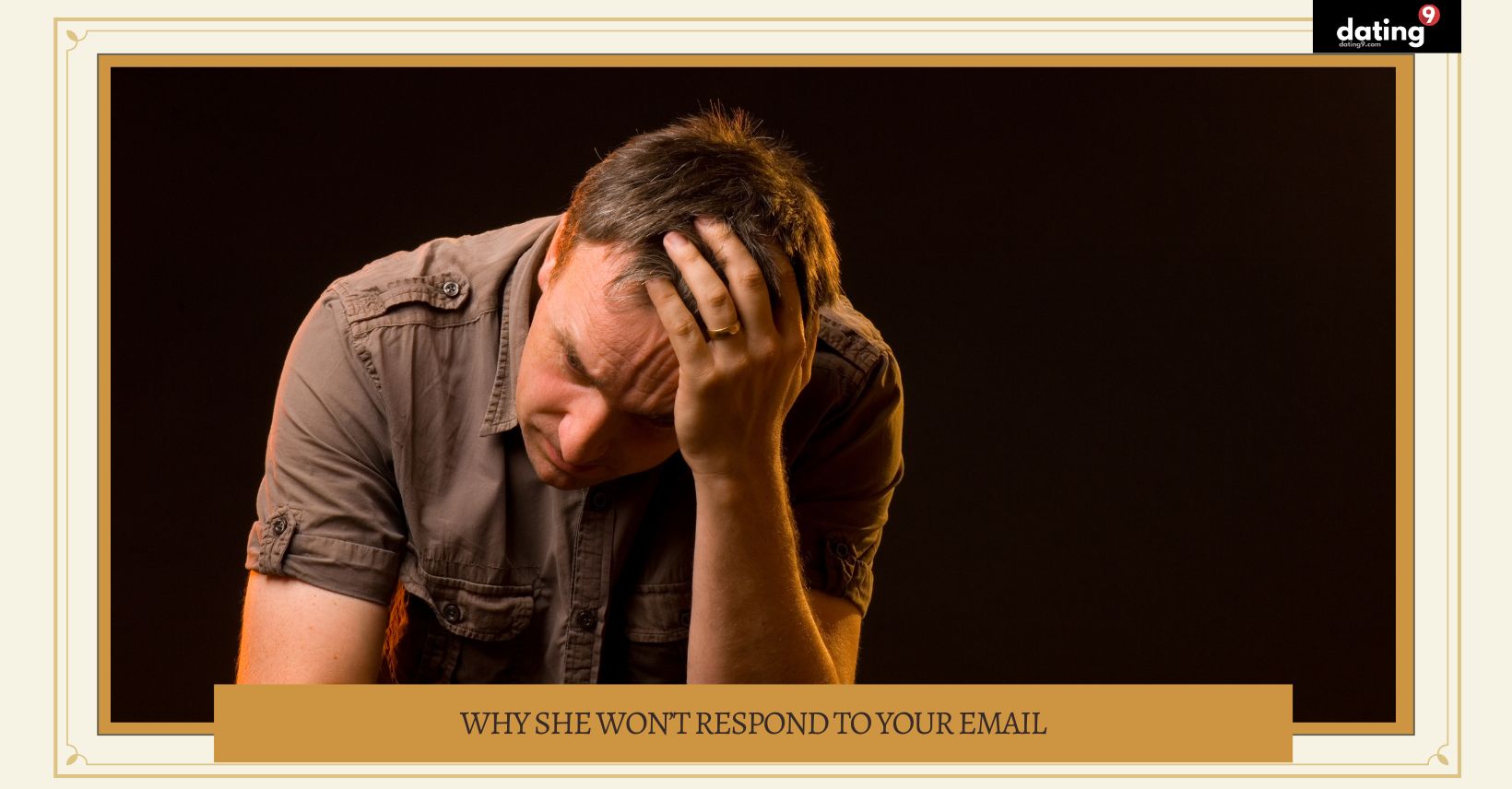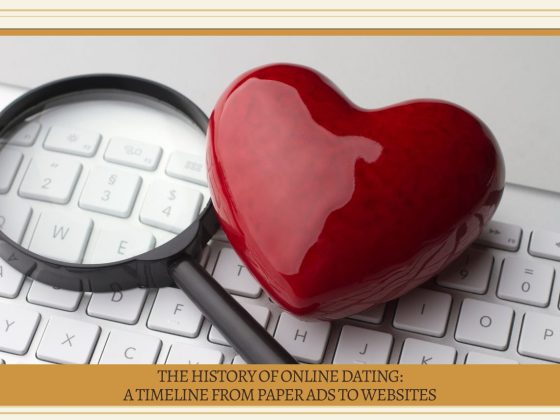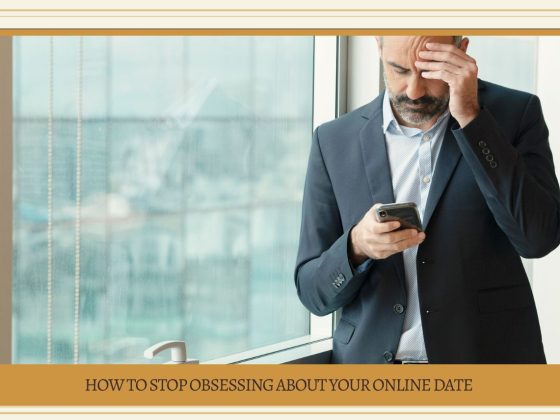Effective email communication is key to getting a response. In this article, we will delve into the importance of crafting emails that demand attention and provide an overview of our objectives. With practical tips and strategies, we’ll help you understand why your emails may be falling short and how to improve your chances of getting a timely response. So, let’s dive in and learn how to master the art of email communication for better results.
Importance of effective email communication
Email communication is key for success in today’s digital world! It’s a great way to exchange ideas, documents, and info across distances and time zones. Writing effective emails ensures the recipient understands the purpose and content. Plus, it eliminates ambiguity and reduces misunderstandings. Email communication also helps build trust, credibility, and respect amongst colleagues, clients, and partners. It can even enhance productivity by saving time and streamlining workflow.
Mastering the art of effective email communication requires honing writing skills, proper etiquette, and tech tools. Recognizing its importance can help us better navigate digital interactions and achieve successful outcomes in our personal and professional lives. So, don’t worry if she won’t respond to your email, let’s solve the puzzle together and figure out why! Check here for more tips on mastering the art of email.
Overview of the article’s objective
This article aims to provide an overview of the article’s objective by delving into why she may not be responding to your emails. We’ll explore common reasons for lack of response as well as the impact of stress hormones and confidence on communication. Practical advice for improving email communication success is offered.
We’ll look at the importance of video content in email communication and strategies for handling unresponsive situations. Additionally, we’ll examine obstacles like miscommunication and cultural differences and suggest tips for navigating them. Finally, we‘ll touch upon different strategies for avoiding embarrassing types of profile pics.
In short, this article seeks to shed light on the unresponsive situations you may face and offer tactics for increasing response rates. By understanding common barriers and taking proactive steps, individuals can increase their chances of receiving an engaging response.
Understanding the reasons why she won’t respond to your email
Understanding why she won’t respond to your email can be a perplexing situation. In this section, we’ll uncover the common reasons behind the lack of response, delve into the impact of stress hormones on communication, and explore the role of confidence in effective email communication. By examining these factors, we can gain valuable insights to improve our understanding of why emails sometimes go unanswered. Additionally, we can take advantage of the latest new dating apps for singles to form healthier connections.
Common reasons for lack of response
The lack of response to emails? Well, it could be due to several factors. Stress, confidence, email overload or even bad prioritizing. Stress hormones won’t help either – they just urge people to leave!
But, every situation is unique. Knowing the common issues can help individuals to increase their chances of a prompt response.
Pro Tip: If the emails aren’t being answered, try alternate channels like phone calls. Or schedule a meeting – face-to-face can build connections and help overcome obstacles.
The impact of stress hormones on communication
Stress hormones, like cortisol, can have a big effect on communication. This includes people’s reactions to emails. These hormones can make it harder to process and understand what the email is saying. They can also cause feelings of anxiety and overwhelm, which can make it difficult to communicate clearly.
Plus, the hormones can change the tone and content of an email. For instance, when stressed, people may become more reactive and defensive. This can lead to misunderstandings or arguments. Also, stress can make it harder to express thoughts in writing.
It’s important to be aware of the effect of stress hormones on email communication. To reduce their impact, mindfulness and stress-reduction techniques can help. Addressing the underlying physical factors can help people get timely and meaningful responses to their emails.
The role of confidence in email communication
Confidence is key in email communication. When writing an email, it’s important to be confident. This can be done through the tone, words, and overall attitude of the email. Confidence makes the message more trustworthy and more likely to get a response.
Confidence establishes authority and professionalism. It lets the sender express their ideas or requests with certainty. A confident email also reduces misunderstanding, as it expresses the message clearly.
Confidence can help with any barriers or biases between the sender and recipient. It shows assertiveness and respect. Confidence can bridge any gaps and make sure the communication is effective.
Balance is essential. Too much confidence can be seen as arrogant and pushy. It’s important to be confident but also respectful. Don’t forget to include a video too – reading is too much work!
Effective practices to increase the likelihood of receiving a response
Increase your chances of receiving a response to your email with effective practices. Discover the significance of video content in email communication, learn strategies for handling unresponsive situations, and gain expert tips on timing and frequency of follow-up emails.
Importance of video content in email communication
The importance of video content in email communication cannot be overstated. It’s a powerful tool that enhances message delivery. Unlike plain text and static images, videos offer a dynamic and engaging form of communication. Incorporate them into emails to capture the attention of recipients and increase understanding and engagement with the content.
Videos convey emotions, tone, and gestures that are otherwise lost in written communication. This helps create a stronger connection between the sender and recipient. Visual elements in videos can also clarify complex ideas or concepts, ensuring the intended message is accurately understood.
Videos also allow for product demonstrations, testimonials, and storytelling. This can grab recipient’s attention and compel them to take action. But, make sure to craft and optimize videos for various platforms and devices. High-quality videos with clear audio, concise messaging, and visually appealing aesthetics will enhance the impact of the video communication.
Video content in email communication adds a personal touch that’s memorable and impactful. It increases the likelihood of receiving a response and strengthens relationships between individuals or businesses involved. Incorporating video content into email communication is essential as it offers a powerful tool for effective messaging.
Remember: persistence is key, but stalking isn’t.
Strategies for handling unresponsive situations
Facing unresponsive emails? Employ strategies to get a response! Understand why they may not reply and take action. Review the content of the email – keep it concise, clear and easy to comprehend. Follow up with a polite reminder. Alternative methods, such as a call or meeting, may help too.
These strategies aren’t guaranteed to work every time, but if used thoughtfully, they can help overcome unresponsiveness and foster effective email communication.
Tips from experts on timing and frequency of follow-up emails
Timing and frequency are critical when it comes to follow-up emails. Experts recommend strategies to up the chances of getting a reply.
- Be aware of the recipient’s timetable and workload. Sending an email at a less hectic time boosts the odds of a prompt response.
- Don’t overwhelm the recipient with multiple emails close together. Allow them to review and answer your initial message before sending a reminder.
- If no reply after a decent length of time, send a polite follow-up email. This can be a nudge without being too forceful or desperate.
Every situation is special, so there’s no one-size-fits-all approach to timing and frequency of follow-up emails. Think about the nature of the relationship, urgency of the matter, and individual preferences.
In our speedy online world, timing and frequency of follow-up emails can be tricky. But, learning from experts can be helpful.
For instance, an executive wanted feedback from her colleague on an urgent project. After no answer to her initial email, she waited two days before sending a gentle reminder. This second mail got her colleague to prioritize the task and give the input needed, leading to successful completion of the project in time.
By understanding tips from experts on timing and frequency of follow-up emails, people can improve their communication skills and raise their chances of getting timely responses.
Make even a beginner look like a pro on email with these strategies that help tackle miscommunication.
Overcoming common obstacles to email communication
In this section, we’ll explore common obstacles to email communication and strategies for overcoming them. From addressing miscommunication challenges to navigating cultural differences, we’ll provide tips to help you maintain interest and engagement in your email conversations. So if you’ve ever wondered why she won’t respond to your email, keep reading for practical advice on improving your email communication skills.
Addressing the challenges of miscommunication
Miscommunication can bring big issues in emails. To tackle them, it’s key to use strategies that lead to clear and short communication. Start by being careful with words and avoiding unclear phrases. That way, the message is passed on correctly. Listening actively and asking for clarification is also important to help avoid misunderstandings.
Requesting feedback helps both sides check that they got the message right. Also, it’s important to be aware of different cultures’ communication styles. Varying interpretations of words or non-verbal signals can cause gaps in understanding. Knowing these nuances can help better talk across cultural boundaries. Not understanding cultures in emails is like sending a mime to a foreign language conference – leading to confusion, frustration and no replies.
Tips for navigating cultural differences in email communication
When emailing cross-culturally, there are several tips to keep in mind. Be aware of language and tone. Respect hierarchy and context. Consider time zones and holidays.
Remain respectful and open-minded. Get to know customs and practices. Research can help you avoid misunderstandings.
Add a touch of humor. Sign off with a joke or witty remark. This can lighten the tone and create an engaging exchange.
By following these tips, you can navigate email communication successfully. Foster effective cross-cultural interactions. Make sure to remain respectful and adaptable.
Strategies for maintaining interest and engagement in email conversations
In the fast-paced world of emailing, it’s imperative to use effective strategies. These will capture and retain the reader’s attention. Here are a few tactics to help ensure your emails are compelling and evoke a response:
- Personalize content. Customize emails to suit the recipient’s interests, problems, and goals. Research their background and include relevant information.
- Keep language concise and clear. Keep emails focused and simple. Avoid long paragraphs and jargon. Use bullet points or numbered lists instead.
- Include visuals. Images, infographics, or videos can boost the appeal of your email. Visuals not only grab attention but also communicate complex info better.
These strategies will up the chances of gaining and keeping the reader’s interest in your emails.
Also, it’s essential to provide unique insights that haven’t been covered extensively before. Share valuable research, experiences, or case studies to provoke thought and spark discussion.
As an example, a young entrepreneur had difficulty getting responses from investors via email. To tackle this, he created a short video pitch instead. This creative strategy grabbed their attention and led to fruitful talks, eventually resulting in startup funding.
By utilizing these strategies and introducing new ideas, you can up engagement levels and foster dialogue with your readers.
End your emails with flair and humor – life’s too short for dull conclusions!
Conclusion
In conclusion, let’s summarize the key points discussed in the article and explore some final thoughts on improving email communication success.
Summary of key points discussed in the article
The article delves into several key points to gain insight into why she won’t respond to your email. Reasons such as a high volume of emails or lack of interest are explored. Stress hormones and their effect on communication is highlighted, hinting that stress may lead to decreased response chances.
Confidence in email communication is also emphasized. Those with a strong sense of self-assurance and assertiveness are more likely to get replies. Furthermore, the article addresses the use of video content in emails as a way to enhance engagement.
Strategies for handling unresponsive situations, tips from experts about timing and frequency of follow-up emails, and addressing miscommunication are discussed. Cultural differences in email etiquette are also taken into consideration.
Finally, strategies to maintain interest and engagement in email conversations are provided. These strategies aim to foster sustained dialogue and increase responsiveness.
Overall, these key points provide useful information on the reasons behind her lack of response and offer effective practices to increase the chance of receiving a response. Videos have proven to be effective in engaging readers and conveying concise information in a visually pleasing way.
Final thoughts on improving email communication success
Getting email success? Consider a few things. Firstly, figure out why responses may not be coming. Stress hormones and self-assurance can affect communication. Secondly, add videos to emails. It grabs attention and is more dynamic. Also, consider tact and strategy for unresponsive situations.
Thirdly, timing and frequency of follow-up emails are important. Find the balance between respect and persistence. Fourthly, address challenges of miscommunication. Be clear and avoid assumptions. Plus, understand cultural differences.
Finally, use strategies like open-ended questions and active listening to sustain engagement. Foster a connection and create meaningful dialogue. In summary, by considering the factors and using the strategies, email success is more likely.



